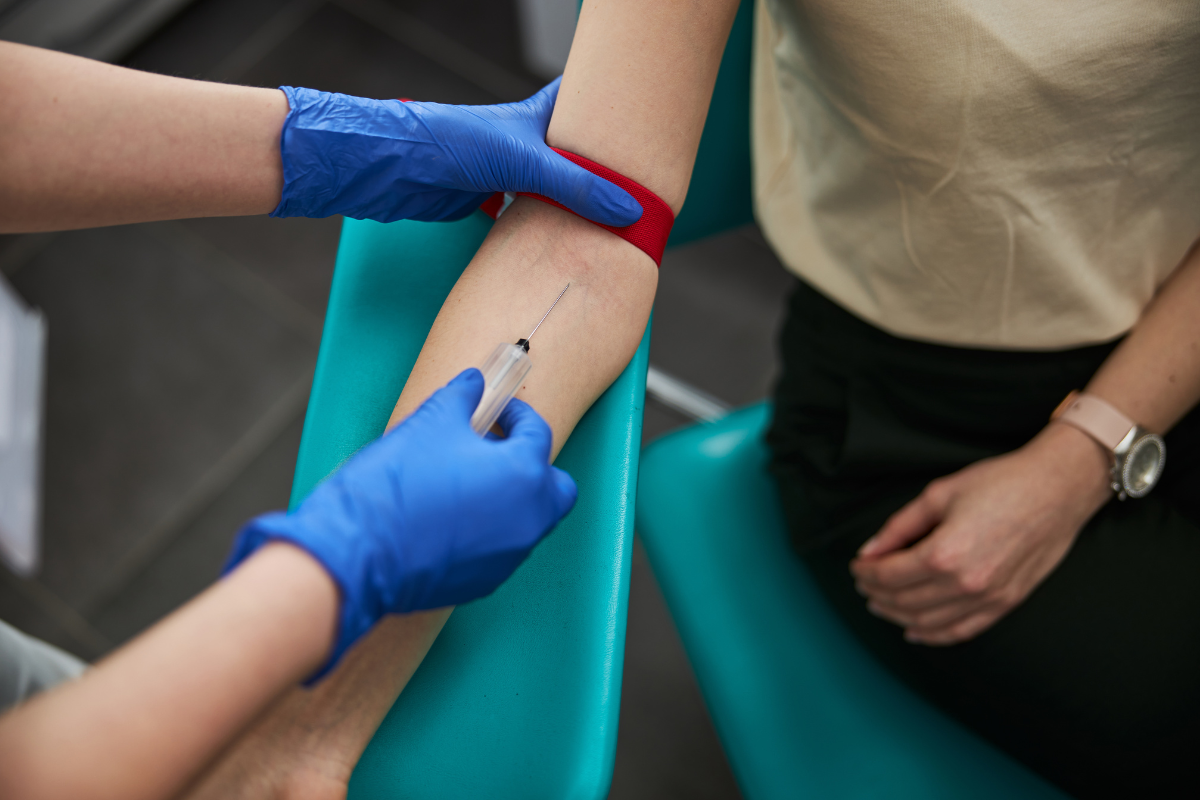Diagnostic Biomarkers Discovered for Lyme Disease

Approximately 476,000 people are diagnosed with and treated for Lyme disease every year in the United States. In a study published by Cell Reports Medicine, researchers from Icahn School of Medicine at Mount Sinai and John Hopkins University have proposed that a specific set of genes activated in patients with long-term Lyme disease could act as a potential biomarker.
The study enrolled 152 patients with symptoms of post-treatment Lyme disease and profiled their peripheral blood mononuclear cells with RNA sequencing. Symptoms of the condition can vary from early indicators such as facial paralysis or a rash to fatigue, confusion, ‘brain fog,’ and even pain.
- Predicting Heart Disease Risk with ‘Good’ Cholesterol: Is it Still Viable?
- Are Neuroimmune Proteins the Key to Neurodegenerative Disease Diagnosis?
- Toxicity Markers of Cognitive Deterioration in Young Cancer Sufferers
The differences in gene expression were investigated with the RNA-sequenced data from 72 patients with acute Lyme disease and 44 control individuals. Researchers observed a noticeable difference in the inflammatory signature of those patients with post-treatment Lyme disease compared to those with only acute onset.
Gene sets from the study were then distilled with gene sets from other sources to identify a subset of genes in the selected cohort that are not already established biomarkers for other inflammatory responses to bacterial or viral infections. Machine learning was used to refine the list further according to feature importance.
The study enrolled 152 patients with symptoms of post-treatment Lyme disease and profiled their peripheral blood mononuclear cells with RNA sequencing.
The aim was to “establish an mRNA biomarker set capable of distinguishing healthy individuals from those with acute [Lyme disease] or [post-treatment Lyme disease] as a candidate for translation into a Lyme disease diagnostic.” Overall, researchers identified 35 distinctive biomarkers that can distinguish patients with either type of the condition from those without Lyme disease.
The hope moving forward is to use the newly discovered biomarkers to develop a diagnostic test that could identify the disease in other patients. This genetic diagnostic test would significantly enhance current FDA-approved tests that rely on antibody identification, which can take several weeks to process.
Clarke, Daniel & Rebman, Alison & Fan, Jinshui & Soloski, Mark & Aucott, John & Ma'ayan, Avi. (2022). Gene set predictor for post-treatment Lyme disease. Cell Reports Medicine. 3. 100816. 10.1016/j.xcrm.2022.100816.
Want to stay up to date with the latest Biomarker news? Register now for Oxford Global’s flagship event, Biomarkers UK. This is a must-attend forum covering the latest trends transforming biomarker and translational research.
Get your weekly dose of industry news here and keep up to date with the latest ‘Industry Spotlight’ posts. For other Biomarkers content, please visit the Biomarkers Content Portal.





